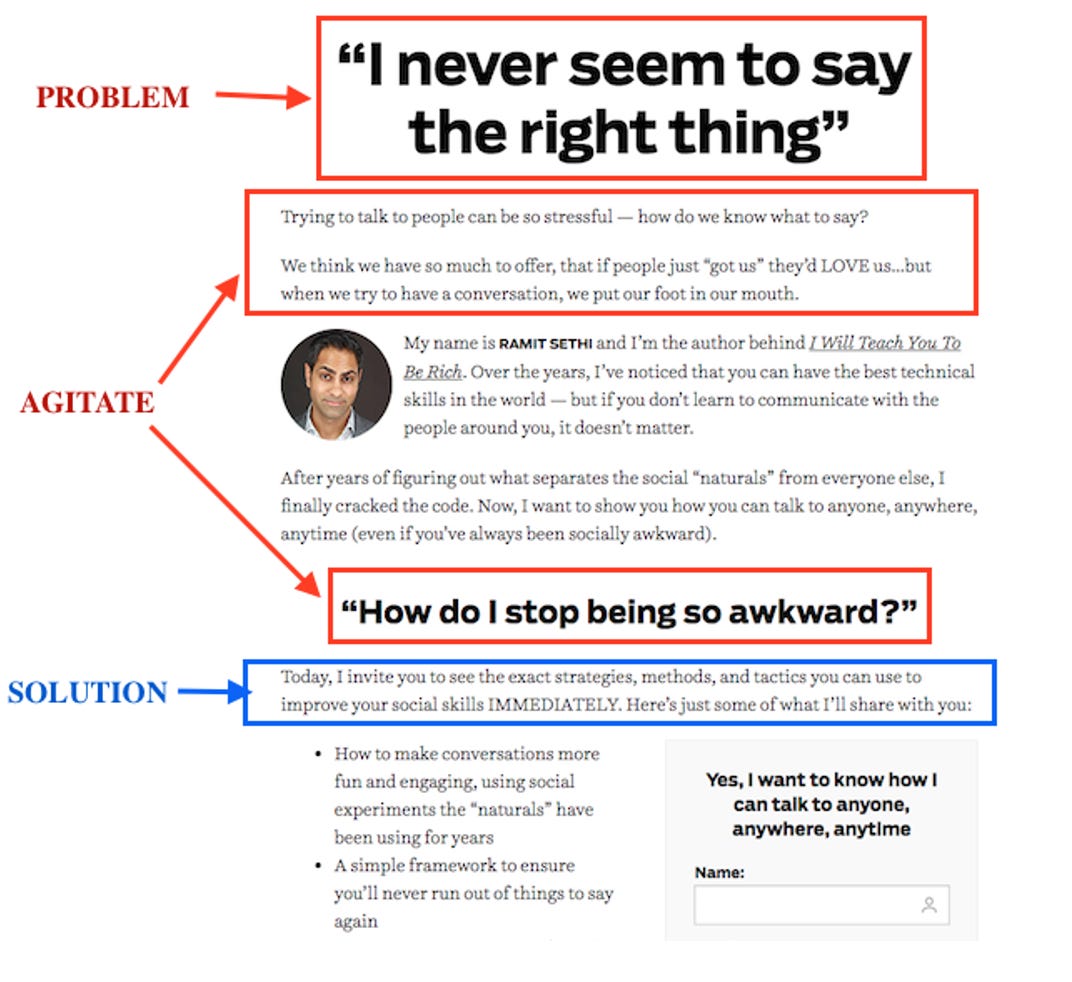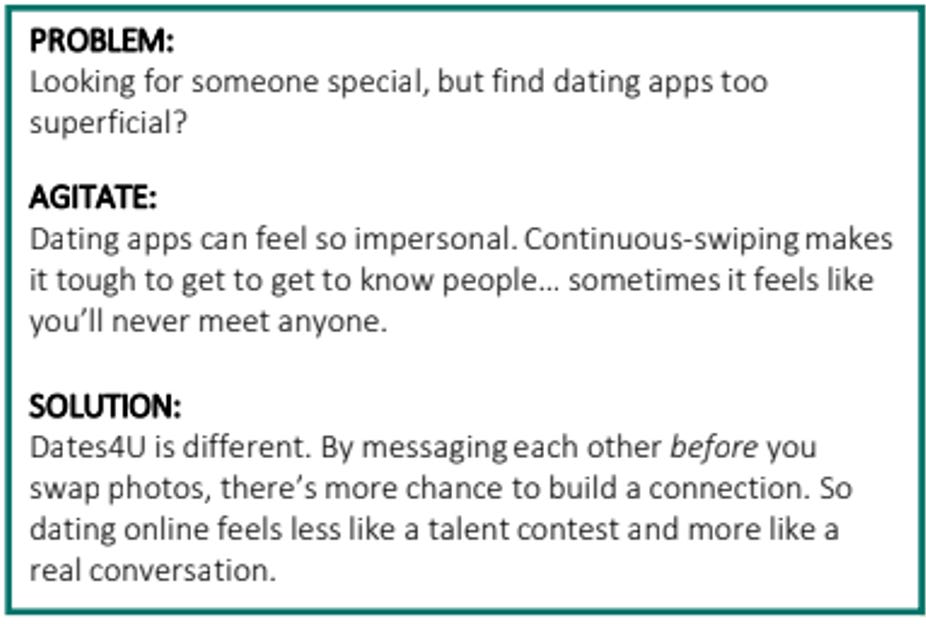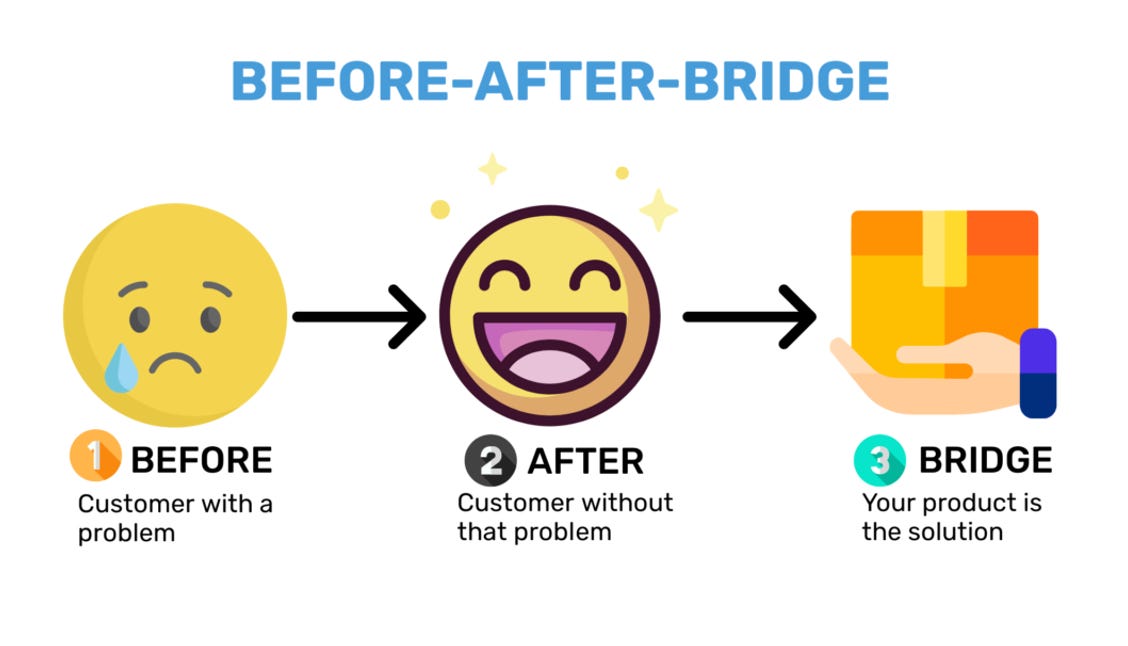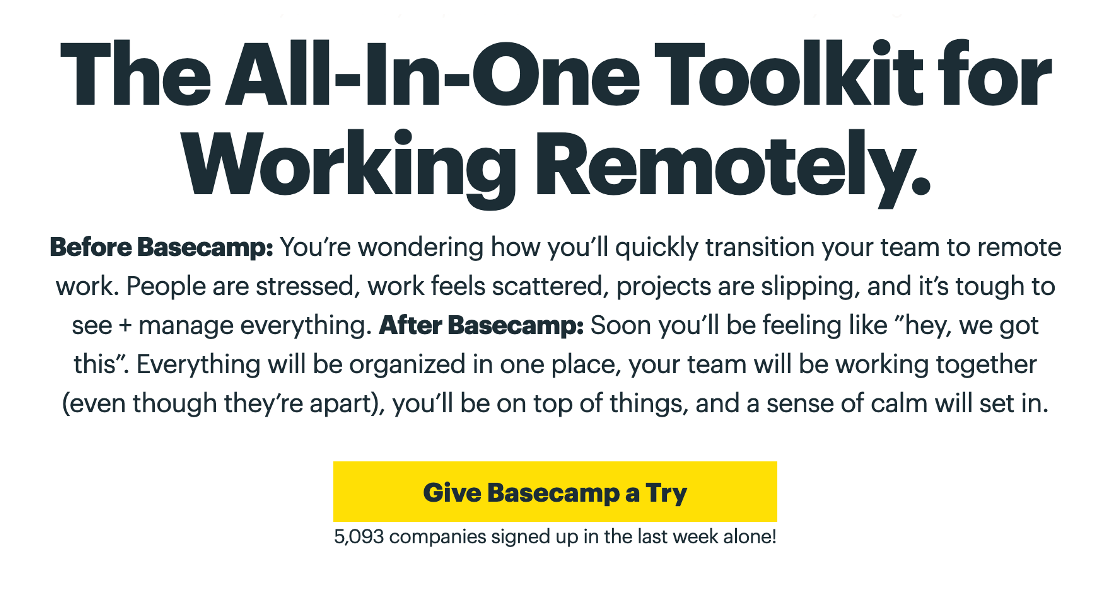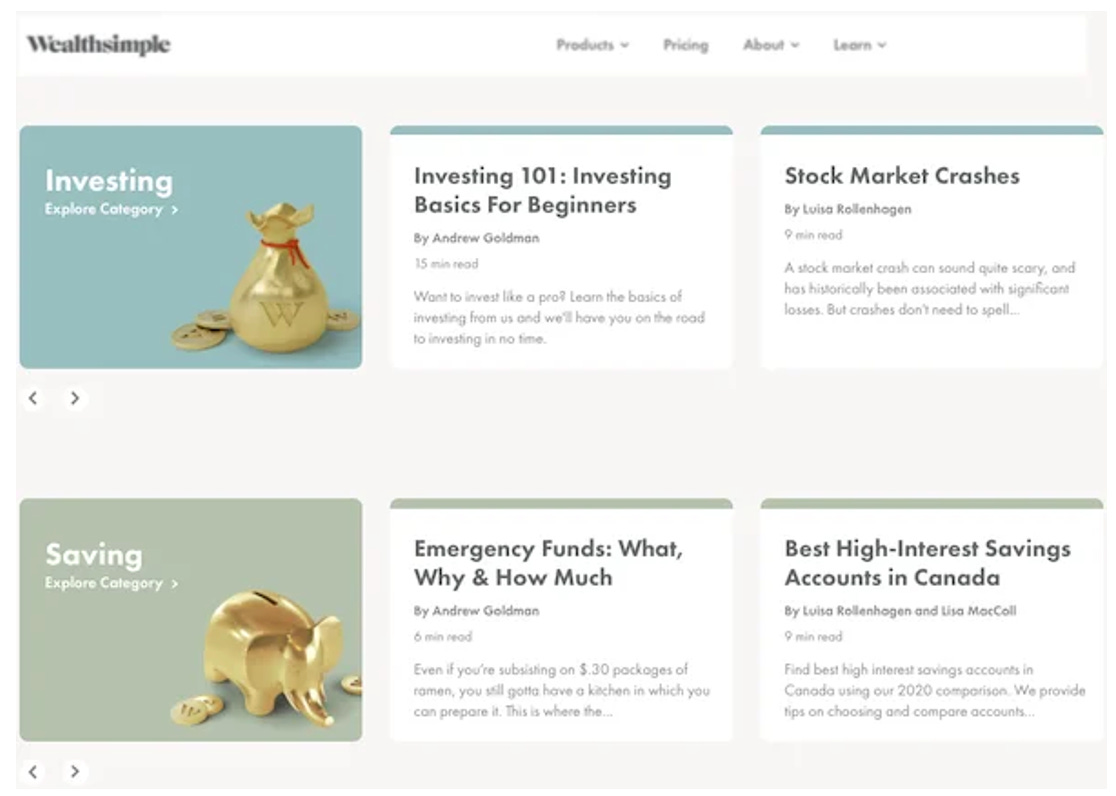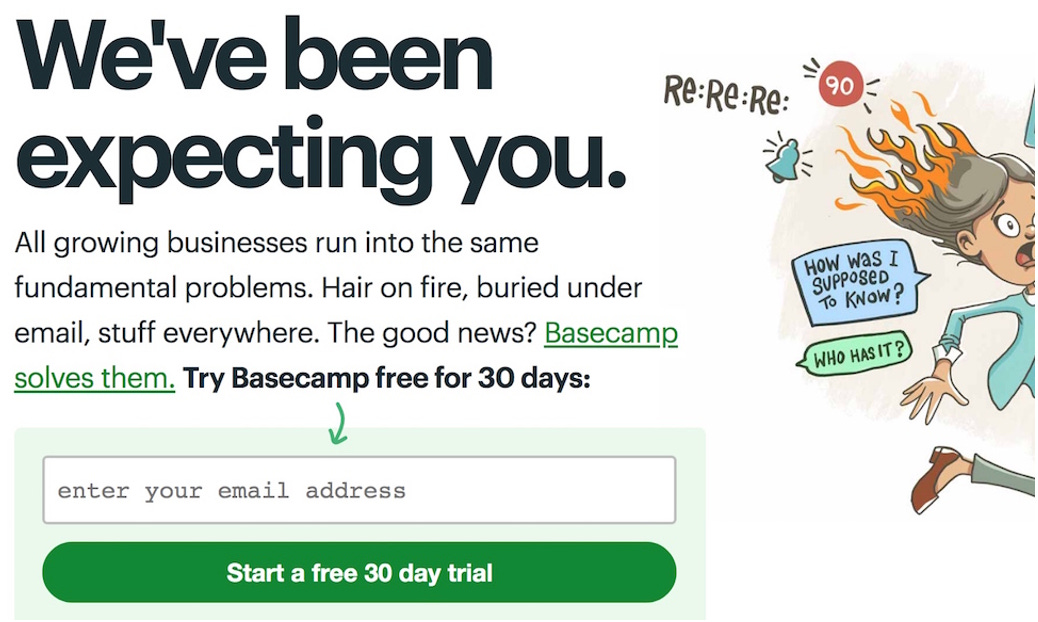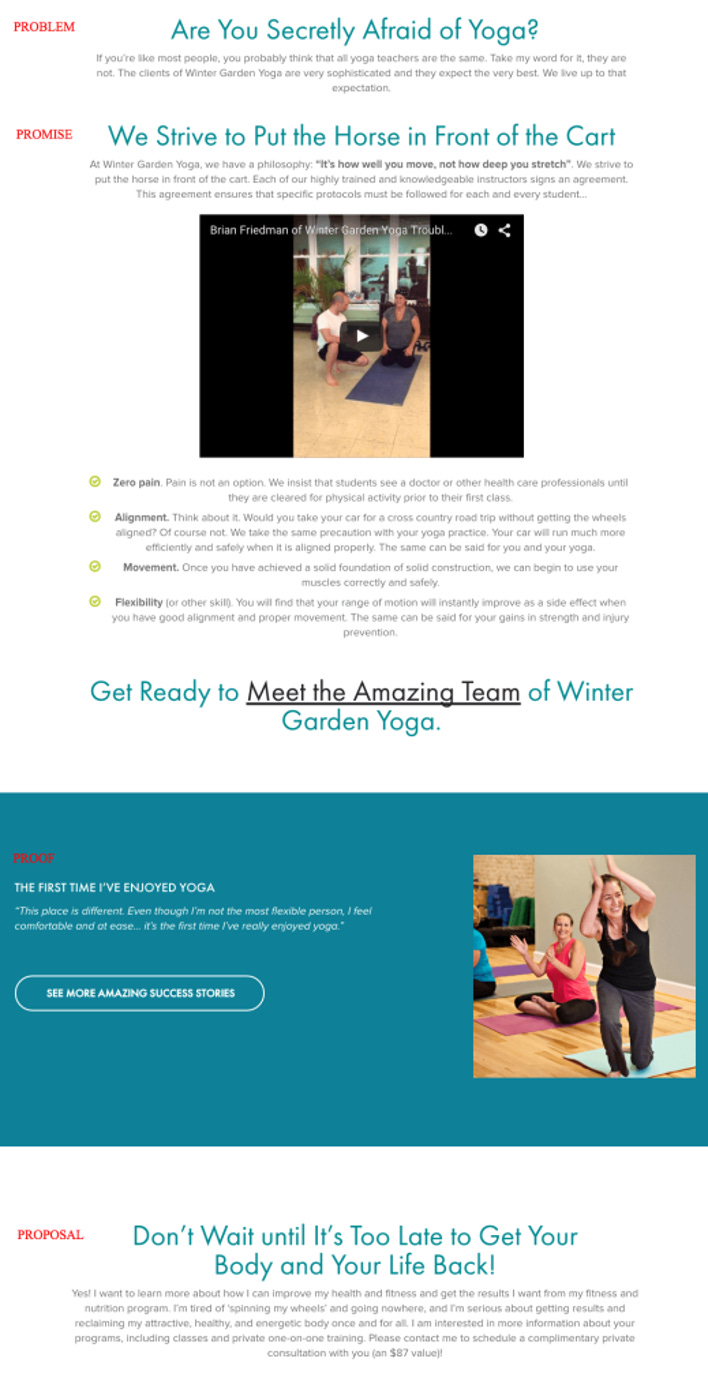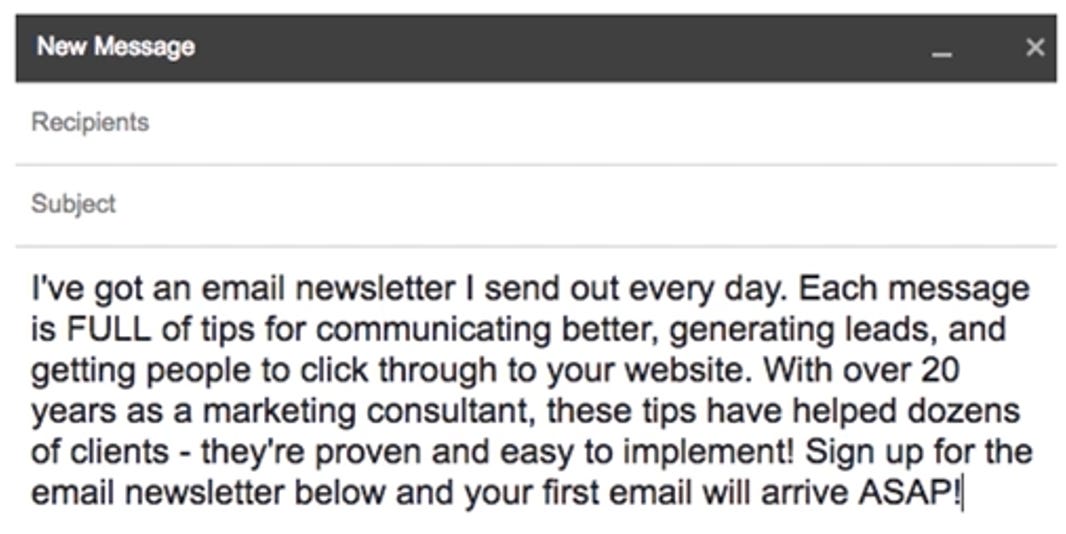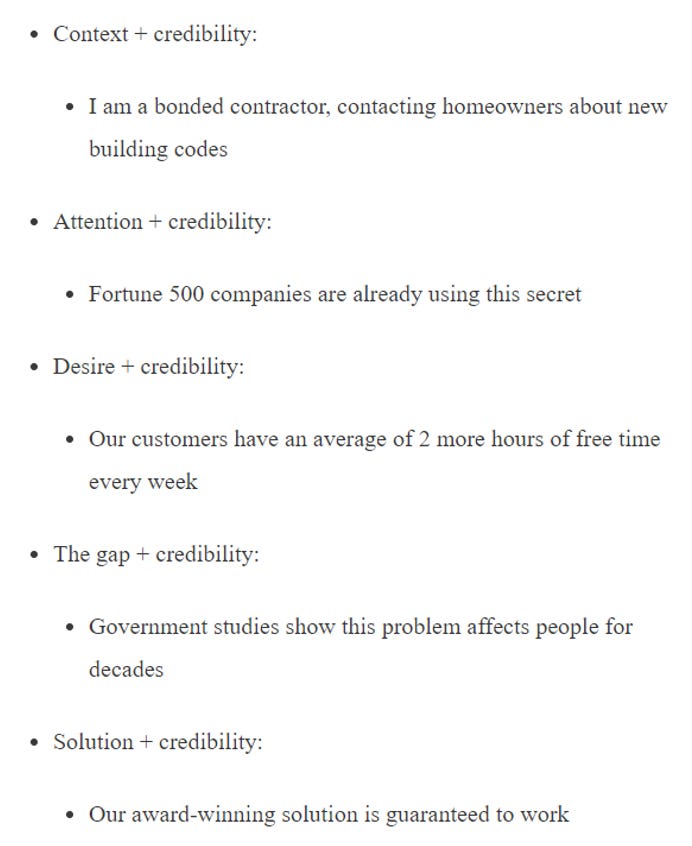15 Proven Copywriting Formulas to Effective Storytelling
Here are the 15 formulas you can use to tell better stories, be it online or offline.
Copywriting is a form of art, science, and persuasiveness.
It is any writing that can compel and persuade people to take action.
Just like some people would, the first time I heard of copywriting, I assumed that it was the practice of filing legal paperwork to claim an exclusive right for an idea. Like the “Copyright” in a book, the copyright of a website, etc.
That aside, you've probably heard that storytelling is an essential element to draw readers to your content and drive more engagement. Be it through writing (copywriting) or spoken words.
It may be tough to craft a good piece of story to tell. But here's the good news. There are formulas for that.
Many storytellers and experts have used a wide range and variation of formulas, some are great and work, but some, simply don't.
So, in this blog, we'll cover some of the copywriting formulas that I've heard of that have been proven, tried, and tested by experts for decades and years.
If these formulas are new to you, consider trying them out in your copy. It will help you to structure your words and ensure your points are communicated effectively.
Here we go.
1. Attention - Interest - Desire - Action (AIDA)
Most people know this formula and it's most commonly used in marketing, sales, advertising, and public relations.
AIDA model is an acronym that represents the thought process that a potential customer experiences when deciding whether to make a purchase. It can be represented in a funnel.
Attention: Grab your reader's attention with a bold statement, fact, or question. This is the most important part and is the deciding factor of whether people will continue reading your copy.
Interest: Hook their interest with features and benefits
Desire: Make them feel desire by showing them their life with your solution or painting a picture of success
Action: Tell them what to do next
Apple is very good at using this formula for most of its copies.
1) See how it grabs my attention with the headline: Airpods - Wireless. Effortless. Magical. The three words by themselves caught my attention and when put together, makes it a bold and interesting statement that evokes curiosity.
2) The next part of the formula piqued my interest. And it does so by clearly communicating the benefits that the AirPods provide for users. It can last for long hours as implied by "With plenty of talks and listen time", has "voice-activated Siri access", "incredible wireless headphone experience", and "Simply take them out and they're ready to use with all your devices", which succinctly explain the headline.
3) So, it sparked my interest, the next step is to make me feel a desire to own it at an emotional level. It needs to make it irresistible to me and paint a picture of my life with these AirPods. It continues with "Put them in your ears and they connect immediately" - so effortless, and "immersing you in rich, high-quality sound. Just like magic." - We all want to be immersed in music that we love to listen and the AirPods serve that benefit.
4) The last part of the formula 'Action' and Apple wants me to click on "Watch the film" to find out what it will be like owning the AirPods - which will lead me to make a buying decision.
2. Problem - Agitate - Solution (PAS)
Ever notice how people will do anything to avoid hassle or pain? It's why expert marketer Dan Kennedy says that this formula is so powerful because people are more likely to avoid pain than to get gain.
“We want to whip them into a fervor. We want to make the problem larger than life, worse than death.” - Dan Kennedy
Problem: Lay out your customers' problems (What problems are my customers facing?/What problems do they have?)
Agitate: Agitate it by tapping into something your customer is angry or resentful about (How can I exaggerate the problem and make it seem worse by using emotion?)
Solution: Step in with the solution (What solutions I can provide to solve their problems)
Customers may go from like this..
To this…
Phew...What a relief...
For the example below, the PAS formula is used for the landing page.
Now, this is a more complex example of how the PAS formula is used.
To start using this formula as a beginner, you should list out the pointers individually like this.
3. The 4 U's
“On the average, five times as many people read the headline as read the body copy. When you have written your headline, you have spent eighty cents out of your dollar” – David Ogilvy
Headlines are so important. The main goal of your headline is to get your first sentence read. If you want to create headlines that will pique peoples' interests and seduce them to open, read, click, like, share, etc. consider using one of the U's.
Useful: How to create your first YouTube video for a complete beginner
Urgent: Top 10 Trending Products to Sell Online Right Now
Unique: 3 Sneaky Techniques To Get Your Kids to Sleep In Under 30 Minutes
Ultra-specific: How to Become A Successful Freelance Copywriter And Quit Your Day Job In 30 days
To check your headline score, try using Headline Analyzer by CoSchedule.
4. Before - After - Bridge (BAB)
BAB (Before-After-Bridge) is a writing approach to guiding someone from the current problem they faced to a better one by bridging the before (problem) and after (problem solved). It can make your solution more appealing to them as it is solving their current problem and you're helping them imagine where they can be if they use your product.
Before: Here's your current situation (problem)
After: Imagine what it'd be like having that problem solved
Bridge: How to get there
An example of how BAB is used.
If you want to know more about the Before-After-Bridge formula, check out this article.
5. Features - Advantages - Benefits (FAB)
Features – What you or your product can do
Advantages – What the features of the product do and how it is helpful
Benefits – What benefits your product can provide for your customers
Let's take Slack as an example.
Features: Allows teams and team members to communicate via text messages, video calling, and audio huddles. Integrates with many different services like GSuite, GIPHY, and more.
Benefits: Streamlines communication between teams and keeps communications all in one place, saving time.
6. The 4 C's
Clear: The message must be simple, readable, and in short sentences
Concise: Be straight to the point and eliminate redundant words, but avoid omitting important features
Compelling: What's in it for them? What pain point does your product address?
Credible: Testimonials, advocates, reviews, thought leadership, free trial, etc.
Wealthsimple, an investment firm, uses credible copywriting to earn readers trust.
7. Attention - Comprehension - Conviction - Action (ACCA)
Attention: Present the situation or problem
Comprehension: What your help will do? Help your reader understand how it affects them. Explain that you have the solution
Conviction: Create a desire and conviction in your reader to use your solution (Convince them to do something today)
Action: Call-to-action
This is very much similar to the AIDA formula. However, this formula acts more as a diagnosis where it goes into how the problem can affect the reader. And when done correctly, the comprehension step should lead straight to conviction and then action.
8. Picture - Promise - Prove - Push (PPPP)
Picture: Paint a picture through storytelling to create a desire for your offering
Promise: Describe how your product/service/idea will deliver
Prove: Provide support for your promise (Prove this through case studies, testimonials, and other evidence)
Push/Proposal: Ask your reader to commit (Get the reader to take action through careful encouragement)
9. UPWORDS – Universal Picture Words Or Related Descriptive Sentences
One of the best ways to make your copy interesting is by using universal picture words. This uses the imagery to its fullest extent by giving meaning through imagery rather than plain text. Using images or pictures will help the reader relate to what you're trying to convey.
The words that come into our minds are not random as it's triggered by the external environment which makes them universal - picture words.
You should always look for ways to incorporate imagery, and this formula solely focuses on it.

10. The 1-2-3-4 Persuasive Formula
What have I got for you? - Tell the story
What's it going to do for you? - Explain the benefits
Who am I? - Sell the reader on your authority
What do you do next? - Call-to-action
What have I got for you?
"I've got an email newsletter I send out every day. Each message is FULL of tips for communicating better, generating leads..."
What's it going to do for you?
"...and getting people to click through to your website."
Who am I?
"With over 20 years as a marketing consultant, these tips have helped dozens of clients - they're proven and easy to implement!"
What do you do next?
"Sign up for the email newsletter below and your first email will arrive ASAP!"
11. So what?
Ask yourself 'so what' every time you write something. Why? People care about the benefits and value your product can provide, and not about what features it has.
This essentially set forth the idea of selling the outcome or the benefits.
An excellent example is Dropbox.
Now you can put it in a short sentence.
12. AICPBSAWN
This is a mouthful (explained very well by Buffer). But it's a great formula as it covers every part that makes a good copy. It could be used for a landing page or your website's homepage.
Attention: Capture the reader’s attention by articulating your Unique Selling Point or problems that you can solve
Interest: Generate interest and curiosity (Explain the reason why they should be interested in what you have to say)
Credibility: Provide a reason for why they should trust you
Prove: Provide examples and testimonials to prove what you're claiming is true
Benefits: List down the benefits and explain how they will help the reader
Scarcity: Create scarcity (e.g. a time-limited offer)
Action: Tell the reader what to do next
Warn: Warn the reader of the consequences or what will happen if they do not take action
Now: Make it so urgent that they must take the action now and not later
13. Problem - Amplify - Story - Transformation - Offer Response (PASTOR)
The PASTOR formula is a great solution for writing copy for landing pages, sales pages, and persuasive blog posts.
Here’s how it works:
Problem: Explain and identify a problem that the reader has
Amplify: Amplify the problem by showing the consequences of not getting the problem solved
Story and Solution: Tell a story about someone who solved their problem using your solution
Transformation and Testimony: Strengthen your case with real-life testimonials
Offer: Explain what you offer
Response: Call to action to explain what readers should do next
If you want to know how the PASTOR formula is used, check out John Meese's blog post.
14. Familiar - Audience - Cost - Education (FACE)
The FACE formula is a great one to use if you’re not sure how long your content should be.
Familiar: Do you need to build on that familiarity to generate trust? Is your post familiar to your target audience?
Audience: Who makes up your target audience? (Description of your target audience)
Cost: What is the cost of the products or services that you're offering
Education: What information does your audience need before closing on your offer? What do you need to teach them?
15. The 6+1 Formula
Some say that the 6+1 formula is better than AIDA.
Well, it really depends on your preference. It focuses on the importance of using context in copywriting. Context is a critical component of effective messaging. Even if you're using AIDA formula, you may miss out on the context of the message which causes action not to be taken.
Context: Context is critical. Secure the context by asking and answering the questions; “Who are you?, Why are you talking to me?”
Attention: Grab the attention of the reader
Desire: Make your reader desire and want something
The Gap: Establish the gap by highlighting the benefits of taking action, or the consequences of not taking action
Solution: Offer your solution
Call to Action: End the proposition with a call to action
+1. Credibility: Credibility should be established along the way and not as a 7th step. Essentially, context should be paired with credibility, attention should be paired with credibility, desire should be paired with credibility, and so on.
Conclusion
Write to one person
I think David Ogilvy correctly pointed it out. We have to write as if we're writing for one person and not a group. That's why we also need to write the copies simply as you can't expect that one person to know all the words in the dictionary, let alone the meanings of the words.
“When people read your copy, they are alone. Pretend you are writing each of them a letter on behalf of your client. One human being to another, second person singular.” - David Ogilvy
It's not "creative"
“When I write an advertisement, I don’t want you to tell me that you find it ‘creative.’ I want you to find it so interesting that you buy the product.” – David Ogilvy
That's all from me. Of course, this list is non-exhaustive. There are many more formulas and guides for arranging the right words in the right order.
So, which formulas do you use in your writing? Did I mention the ones that you use? Tell me what other formulas are there. It'd be great to hear from you.






